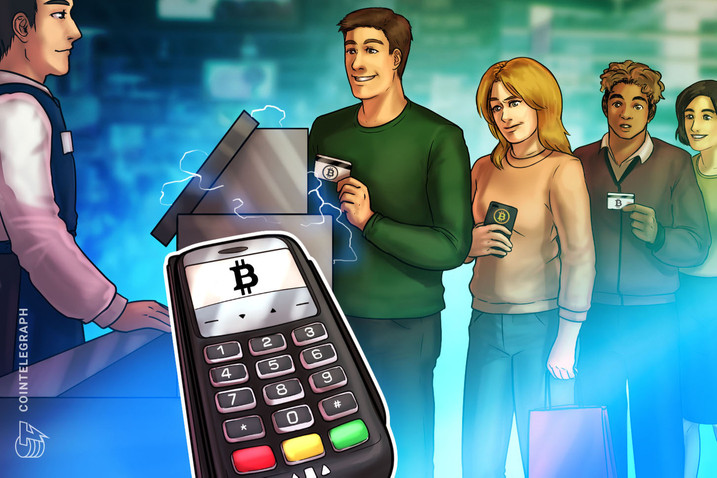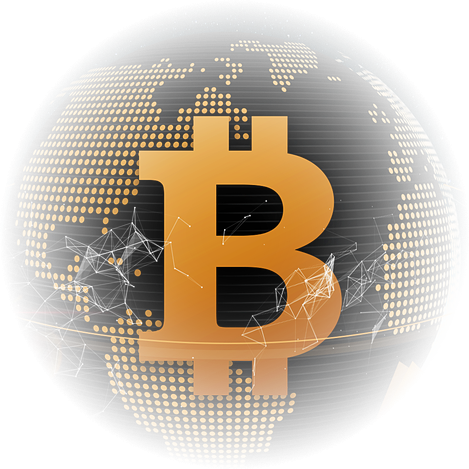The emergence of various digital solutions, such as contactless payment and wallets, stimulates a new culture among consumers.
If it were a game of chess, we would say that the cryptocurrency market applied a fork, i.e., a move in which the same piece makes two or more attacks at the same time during the game. Even in a scenario of devaluation of the main assets in this segment, the metaphor is entirely valid.
According to Rubens Neistein, today the sector is also seen as an important alternative for payment and collection operations in companies.
Various surveys reinforce this status. A survey conducted by Mastercard, for example, shows that almost three out of four Brazilians (72%) would prefer payments in cryptocurrencies if their trusted financial institutions offered this opportunity.
It states that a study by the PYMNTS platform showed that 85% of retailers worldwide see cryptocurrency payments as a way to reach new consumers. In short: there is a strong demand and interest in meeting it.

But what are the moves that enabled this change in the cryptocurrency game? Several factors contributed to this scenario. Namely:
1 – A new culture regarding payments
Any transformation is only possible when people start to see the new possibilities that appear. It is the same with payments. The emergence of various digital solutions, such as contactless payment and wallets, has stimulated a new culture among consumers. From there to using cryptocurrencies instead of fiat currencies was a leap. It is estimated that, in the first quarter of 2022, the number of cryptotransactions grew by 32.5% and the financial volume almost doubled.
2 – New pieces in play
For a long time, bitcoin was synonymous with cryptocurrency. The first solution of its kind has held the lead ever since. The point is that, in 2022, it lost ground mainly as a payment resource. A year ago, the asset accounted for three quarters (74.1%) of the total volume processed, today it is only 35.6%. Tether (USDT) rose from 4.1% to 35.3%. Not surprisingly, it is pegged to the US dollar and acts as a bridge between cryptoassets and fiat currencies.
3 – Much easier and faster to use
A cash payment may seem simple, but it requires counting notes and coins in the checkout line. With a card, it is necessary to remember the password in many cases. But with cryptocurrencies, it is enough to bring your smartphone close to you in most cases to complete the transaction. It is a much simpler, easier and more agile model to use, and in line with the digital transformation mentioned in the first topic. It also offers security against fraud and much lower operational costs for retailers, as it eliminates the fees charged by intermediaries.
4 – New rules in play to regulate transactions
The main characteristic of some cryptocurrencies is decentralization, i.e., they are not tied to any financial watchdog. This differentiates them from fiat currencies, which are protected and regulated by central banks. Even so, their advance in the financial market forced countries to discuss regulatory frameworks that protect both end customers and the companies involved. The fact that it is an issue debated by the authorities increases people’s confidence in using them as a form of payment for their purchases.
5 – Cryptocurrencies are the basis of the Metaverse
The discussion about the possibilities of the Metaverse is only possible with the popularization of cryptocurrencies, especially NFTs, which are already traded on online platforms across other cryptoassets. With the possibility of integrating physical and virtual environments into the same experience, it is clear that payments also need to incorporate this feature. In other words, digital currencies will be the main medium of exchange in this scenario.
Therefore, what is at stake in this intricate chessboard is not whether cryptocurrencies will become payment tools, but when this checkmate will occur. Businesses and consumers have two options: resist them at the risk of being swallowed up by competitors, or adapt to the game and secure moves to take advantage of the benefits they can offer.
Disclaimer: The information set out herein should not be taken as financial advice or investment recommendations. All investments and trading involve risk and it is the responsibility of each individual to do their due diligence before making any investment decision.
Source: Cointelegraph




